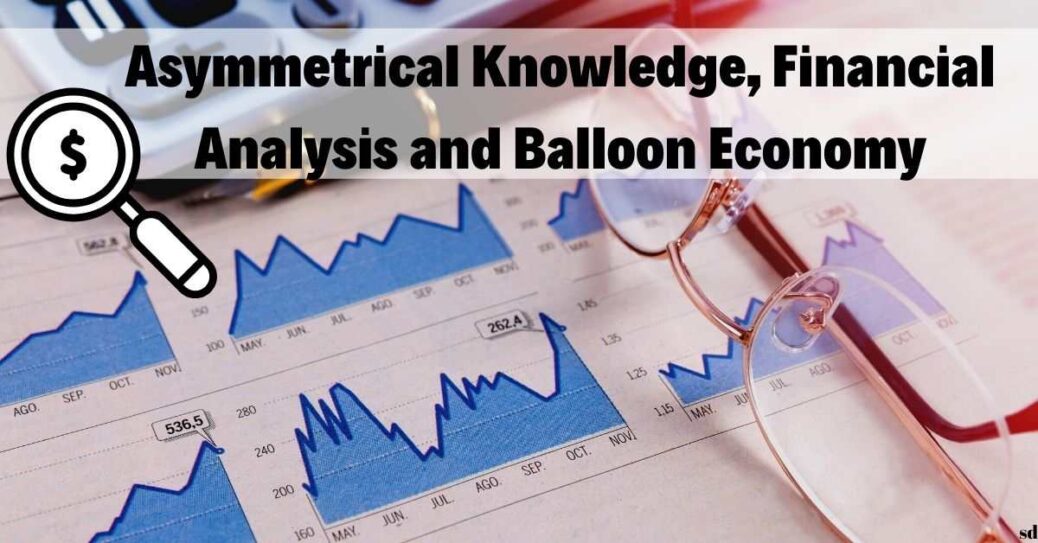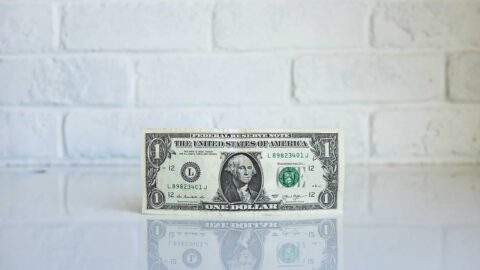Asymmetric Information and Balloon Economy
Asymmetrical knowledge is a concept that has been the theory of George Akerlof since the 1970s, when he and Michael Spence, along with Joseph E. Stiglitz, took the Nobel Prize in Economics in 2001. Neo-Keynesci Akerlof explains that with one side having an advantage over the other in bilateral trade relations and this superiority becoming to advantage, trade is far from fair. Also, this asymmetrical information disrupts the credit markets which the unfair situation is located. In fact, even financial statements are completely affected when considering asymmetric information economics.
Table of Contents
Asymmetric Information Problems
“Reverse Choice” and ” Moral Hazard” are problems that are results of asymmetrical knowledge. While confidential information causes the reverse election, secret action causes the problem of moral hazard.
Laisser Faire’s markets have become the new way of thinking that never gets back on track autonomously. The actual reason is the reverse electoral behavior. “Moral hazard” can come across in many different areas of life. The first sector that places this concept in daily life is the insurance sector. The fact that people who have insurance are not as attentive and cautious as before is a moral hazard. People should take this into account as a cost element.
Reverse Choice and Moral Hazard
Adverse selection is an asymmetric information economics problem. It occurs before the procedure, moral hazard occurs after the transaction has taken place. To illustrate with an example, the reverse selection problem increases, the likelihood that the loan will be used to borrowers at high risk; the moral hazard problem increases the likelihood that the loan will not be repaid.
An environment with asymmetrical knowledge is moving away from the conditions of effectiveness and competition. For example, asymmetric information prevents the correct transfer of funds in credit markets. Therefore, makes it difficult to use savings effectively and finance investments effectively. Prudent traders who need funds in the market are often withdrawn from the credit market. The funders cut funds, raise interest rates, increase the bureaucracy and this affects the whole situation.
Asymmetric Information Problem in Credit Markets
The problem of asymmetric information in credit markets is based on a lack of information between lenders and loan requesters. There are those in the market who are both honest and unfaithful to their debt.
While the purpose of the loan should be to fund the activities of the organizations and increase employment, it has emerged in various researches and reports that the borrowers evaluate these loans in speculative activities such as real estate trade and foreign exchange trading. The use of credit with incomplete information is a reverse choice. Accordingly, the use of credit in different places may be an example of a moral hazard.
Asymmetric Information Problem in Financial Analysis Dimension
Let’s examine the problem with the size of the financial analysis. Since the companies are doing what they do in their financial statements, they apply accounting tricks that make them look profitable, large, and efficient. As a result, making the proper decisions and writing reports suited for decision-makers becomes challenging for the financial analyst, who is confronted with asymmetrical information and under the strain of a “deadline-time limit.”
There may be situations where the analyst who experiences two types of pressure does not subject, incomplete, or have the effectiveness to evaluate complex accounting transactions in detail to “purify”, “transfer” or “consolidation” of negatively looking data. As a result, the makeup on the financial statements of the business will not disappear and therefore investors or fund-raising lenders will make the wrong decisions, causing a moral hazard.
Mortgage Crisis
In 2008, the “Mortgage crisis” that turned the world economy upside down consisted of asymmetrical information economics and the fact that this information caused a kind of reverse selection. Derivative leveraged transactions on loans that are “subprime” without receiving information and documents under the pressure of financial institutions in the abundance of money have created a high-scale bubble in the market, which has sparked the biggest crisis in history.
Who First Used the Concept?
In fact, asymmetrical knowledge is a theory. This theory belongs to George Akerlof since the 1970s when got the Nobel Prize in Economics in 2001 alongside Michael Spence, Joseph E. Stiglitz.
What is Asymmetric Information Problems?
Reverse Selection and Moral Hazard are problems that are truly a result of asymmetrical knowledge. While confidential information causes the reverse election, secret action causes the problem of moral hazard.
Financial Analysis Dimension
Financial analysts are facing the subject of asymmetrical information as a result of accounting gimmicks that make the company look profitable, large, and efficient. The reason is that it is the company they do in their financial statements. On the other hand, they feel the pressure of a “deadline-time limit”. It is also difficult for a financial analyst to make the right decisions and write reports that are appropriate for decision-makers.
For further reading, you can visit the website of Cambridge University and have deeper information.

I have a degree in chemical and bioprocess engineering and am now a project manager at Hera Healthcare, and I also have a clothing brand that I co-founded and I am an amateur artist. I have a huge obsession with art history (especially renaissance, baroque and rococo) and I think life imitates art!










